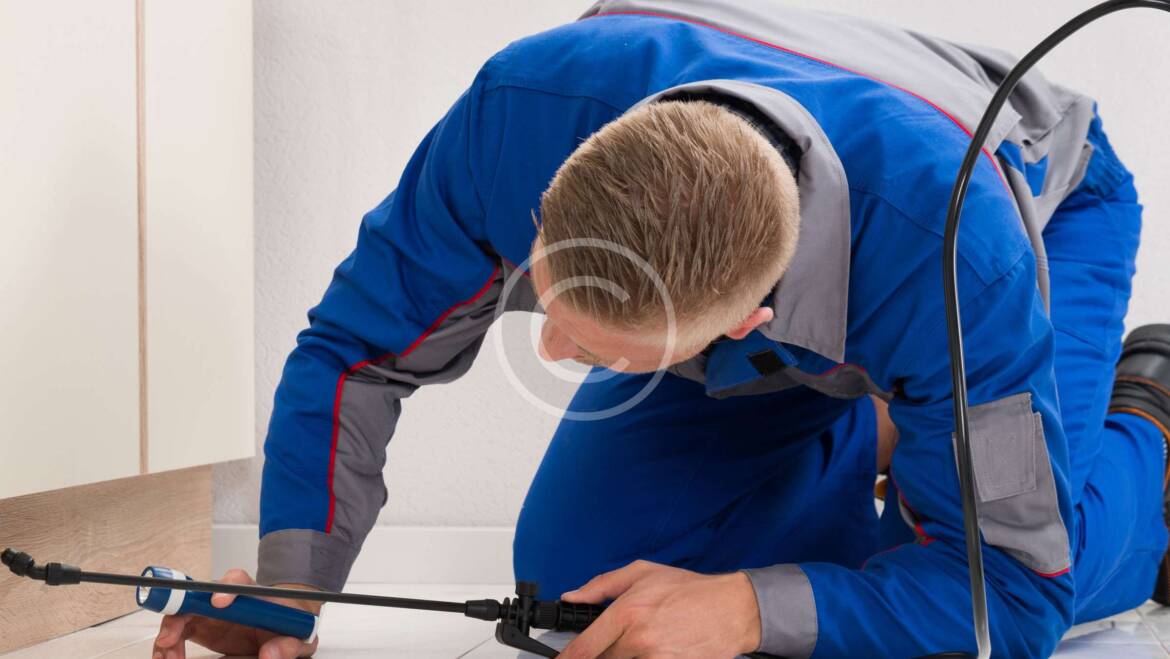The speed at which termites can destroy a home depends on various factors, including the termite species, the size of the termite colony, the construction of the home, and the conditions in and around the house. However, termites are known for their ability to cause significant damage over time. Here are some general considerations:
- Termite Species: Different termite species have varying levels of destructiveness. Subterranean termites, such as the Eastern subterranean termite, are particularly notorious for causing extensive damage. Drywood termites and dampwood termites can also damage homes but may do so at a slower pace.
- Colony Size: The size of the termite colony in or near your home can greatly impact the rate of damage. Larger colonies can consume wood and cellulose materials more rapidly than smaller colonies.
- Construction Materials: The type of wood and construction materials used in your home can influence how quickly termites cause damage. Some wood species are more resistant to termites, while others are more susceptible.
- Location: The geographic location of your home can affect the presence and activity of termites. Some areas are more prone to termite infestations than others. Warmer, more humid climates tend to have higher termite activity.
- Detection and Treatment: The sooner you detect a termite infestation and take action to control it, the less damage they can cause. Regular inspections by professionals and the timely application of termite treatments can significantly slow down the destruction process.
It’s difficult to provide a specific timeframe for how quickly termites can destroy a home because the rate of damage is highly variable. In some cases, it may take several years for significant structural damage to occur, while in other cases, extensive damage can happen more rapidly, especially if an infestation goes unnoticed.
To protect your home from termite damage, it’s important to have regular inspections by pest control professionals, take preventive measures like termite barriers and treated wood, and be vigilant for signs of termite activity, such as mud tubes, damaged wood, or discarded wings. If you suspect a termite infestation, it’s crucial to address it promptly to minimize the potential damage to your home.

